
There is compelling evidence of mass killing of civilians by Myanmar’s military, according to the United Nations. These killings are part of the military’s ongoing efforts to quell armed resistance to its power grab — the February 2021 coup that ousted Aung San Suu Kyi’s government, which won the recent elections.
According to the recent annual report from the U.N’s Independent Investigative Mechanism for Myanmar, the “increasingly frequent and brazen” war crimes committed by the military junta in the Southeast Asian country include “indiscriminate or disproportionate attacks on civilians from aerial bombing.” One such attack in the centrally located Sagaing Region in April killed at least 155 people, including 30 children. (Also see, the nations that killed the most civilians during the 20th century.)
Myanmar (formerly Burma) is one of 14 countries in the world identified by the Early Warning Project, a partnership between the Simon-Skjodt Center for the Prevention of Genocide and Dartmouth College, where civilian noncombatants are being targeted by government security forces or armed rebel groups, and sometimes both at the same time.
24/7 Wall St. listed here the 20 episodes in which the deliberate actions of armed groups resulted, through mass killings, in the deaths of at least 1,000 noncombatant civilians who have been targeted as part of a specific group in a period of one year or less. The episodes were ranked based on the length of the conflict.
Civilians are being violently targeted by more than one ongoing systematic campaign of violence in five of these countries — Myanmar, Ethiopia, Nigeria, South Sudan, and Syria — which appear more than once on the list.
For example, Myanmar’s security forces have for decades, since the country’s 1948 independence from Britain, targeted ethnic minorities in the country’s eastern region. While this is ongoing, in 2016, Myanmar’s military under Suu Kyi’s government set its sights on the Muslim Rohingya population. A third wave of mass killing of civilians and combatants opposed to the military’s authoritarian rule erupted in 2021 following the military’s power grab.
Like Myanmar, Ethiopian state security forces are currently embroiled in more than one wave of mass killings. In 2015, the military responded violently to public protests defending the rights of the Oromo people, Ethiopia’s largest ethnic minority, in an ongoing and unresolved conflict. Then in 2020, a civil war broke out in Ethiopia’s northern Tigray region, pitting the militaries of Ethiopia and neighboring Eritrea against a Tigray paramilitary group seeking independence. The war ended in 2022, but the local civilian population remains a target. (These are the national borders on the brink of war.)
In three of the 14 countries — Nigeria, Sudan, and South Sudan — mass killings are perpetuated by both security forces and rebel organizations, both sides targeting civilians perceived to support the other side in the conflicts. For example, since 2009, Nigeria’s security apparatus began targeting civilian noncombatants perceived to support Boko Haram, the Islamist militant organization, which since 2010 has retaliated by targeting civilians believed to support the Nigerian government.
Here are the ongoing mass killings taking place in the world today.
20. Myanmar (Burma)
> Ongoing since: 2021
> Targeted group: Noncombatant civilians suspected of opposing the military junta
> Perpetrator: State security forces
Myanmar has been strictly ruled by its military, known as the Tatmadaw, since its independence from Britain in 1948. The Tatmadaw’s authoritarian power was loosened following nationwide protests during the Saffron Revolution in 2007 to give the government a civilian façade. But a coup in February 2021 put the military junta back into power, kicking off a campaign of violence against any civilian challenges to its absolute authority. The military also imprisoned Suu Kyi.
[in-text-ad]
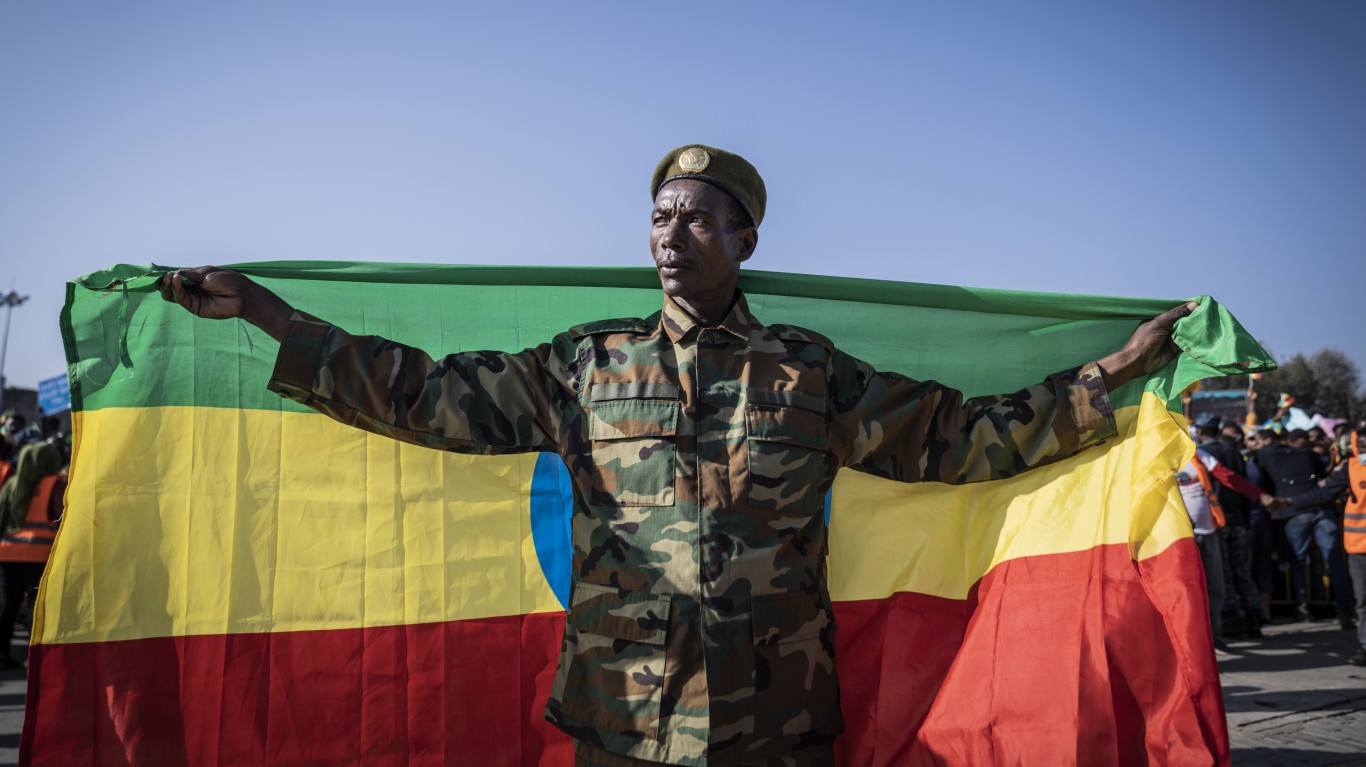
19. Ethiopia
> Ongoing since: 2020
> Targeted group: Tigrayan civilians
> Perpetrator: Ethiopian and Eritrean state security forces
A two-year civil war centered on Ethiopia’s restive northern Tigray region ended in a ceasefire in 2022, but tensions remain high between the government and Tigray independence fighters. With the help of neighboring Eritrea — one of the world’s most militarized countries — Ethiopian security forces continued to target civilian noncombatants perceived to support the Tigray People’s Liberation Front.
18. Myanmar (Burma)
> Ongoing since: 2016
> Targeted group: Noncombatant Rohingya civilians
> Perpetrator: State security forces
Many people in Myanmar, especially ethnic minority groups, have for decades been targets of violent oppression by the country’s military, known as the Tatmadaw. In 2016, the Tatmadaw, under Suu Kyi’s government, set its sights on the Muslim Rohingya population in the country’s eastern Rakhine state, escalating what international observers say is a campaign of ethnic cleansing that has displaced hundreds of thousands of people, creating a refugee crisis.

17. Philippines
> Ongoing since: 2016
> Targeted group: Noncombatant civilians accused of using or selling drugs
> Perpetrator: State security forces and associated vigilante groups
Former President Rodrigo Duterte took office in 2016 with promises to crack down aggressively on drug users and sellers as part of his anti-crime initiatives. But what Human Rights Watch called the campaign “license to kill” for police and vigilantes as they hunt down and kill thousands of people suspected of dealing or possessing even small amounts of drugs like methamphetamines. Duterte’s successor, Bongbong Marcos took office last year and was reputedly advised by Duterte to continue this brutal war on drugs. Marcos has reportedly said he would continue to combat illegal drugs “with respect for human rights.”
[in-text-ad-2]
16. Ethiopia
> Ongoing since: 2015
> Targeted group: Noncombatant Oromo civilians
> Perpetrator: State security forces
State security forces escalated a crackdown against the Oromo people following mass peaceful protests against the government’s treatment of the country’s largest ethnic minority in 2015. In addition to arbitrary detentions against Oromo activists, armed groups often commit violence against Oromo civilian noncombatants while Ethiopian security forces do little to protect them, according to human rights observers.
15. South Sudan
> Ongoing since: 2013
> Targeted group: Noncombatant civilians suspected to be rebel supporters/co-ethnics
> Perpetrator: State security forces
Like civilians in Syria and Nigeria, South Sudanese noncombatants are caught between state security forces and armed anti-government groups. A civil war broke out in 2013 between forces loyal to President Salva Kiir from the Dinka ethnic group and the Nuer people who support Riek Machar, who was removed as vice president amid a government reshuffle. While a unity government that established a power-sharing agreement between Kiir and Machar was formed in 2020, civilians continue to be victims of intercommunal violence as a peace agreement between the two sides moves at a snail’s pace.
[in-text-ad]

14. Central African Republic
> Ongoing since: 2013
> Targeted group: Mostly Muslim noncombatant civilians perceived to support Séléka/ex-Séléka rebels
> Perpetrator: Various armed groups, including anti-balaka
A 2013 coup in CAR ousted President Francois Bozize (who rose to power in a 2003 coup) after a predominantly Muslim rebel group known as the Séléka (“alliance” in the regional Sango language) seized the capital and forced Bozize to flee the country. French troops and U.N. peacekeepers provided enough security for Faustin-Archange Touadéra to win an election in 2016. But tensions between Christian self-defense groups collectively known generically as anti-balaka (roughly meaning “invincible” in Sango) and armed groups aligned with the country’s Muslim minority linger. Chrisitan militants routinely target anyone perceived to be aligned with Séléka.

13. South Sudan
> Ongoing since: 2013
> Targeted group: Noncombatant civilians perceived to support the government of South Sudan
> Perpetrator: Machar supporters (SPLM in Opposition, Nuers, and others)
A civil war broke out in 2013 between forces loyal to President Salva Kiir from the Dinka ethnic group and the Nuer people who support Riek Machar. Forces loyal to Machar have killed perceived supporters of Kiir and members of the Dinka ethnic group. A peace agreement in 2018 between two main civil war factions remains unfulfilled despite a power-sharing agreement established in 2020 between Kiir and Machar.

12. Syria
> Ongoing since: 2012
> Targeted group: Noncombatant civilians perceived to oppose ISIS
> Perpetrator: ISIS and other associated militias
Syria has been embroiled in a civil war since 2011, when President Bashar al-Assad was confronted with massive pro-democracy protests. While government security forces backed by Russia responded with force against the protesters, Islamist militants ideologically aligned with the Islamic State in Iraq and Syria took advantage of the chaos to seize territories. These non-state armed groups routinely launch attacks on civilian areas under government control but are also generally brutal to anyone in its territory not following its extreme Islamist ideology.
[in-text-ad-2]
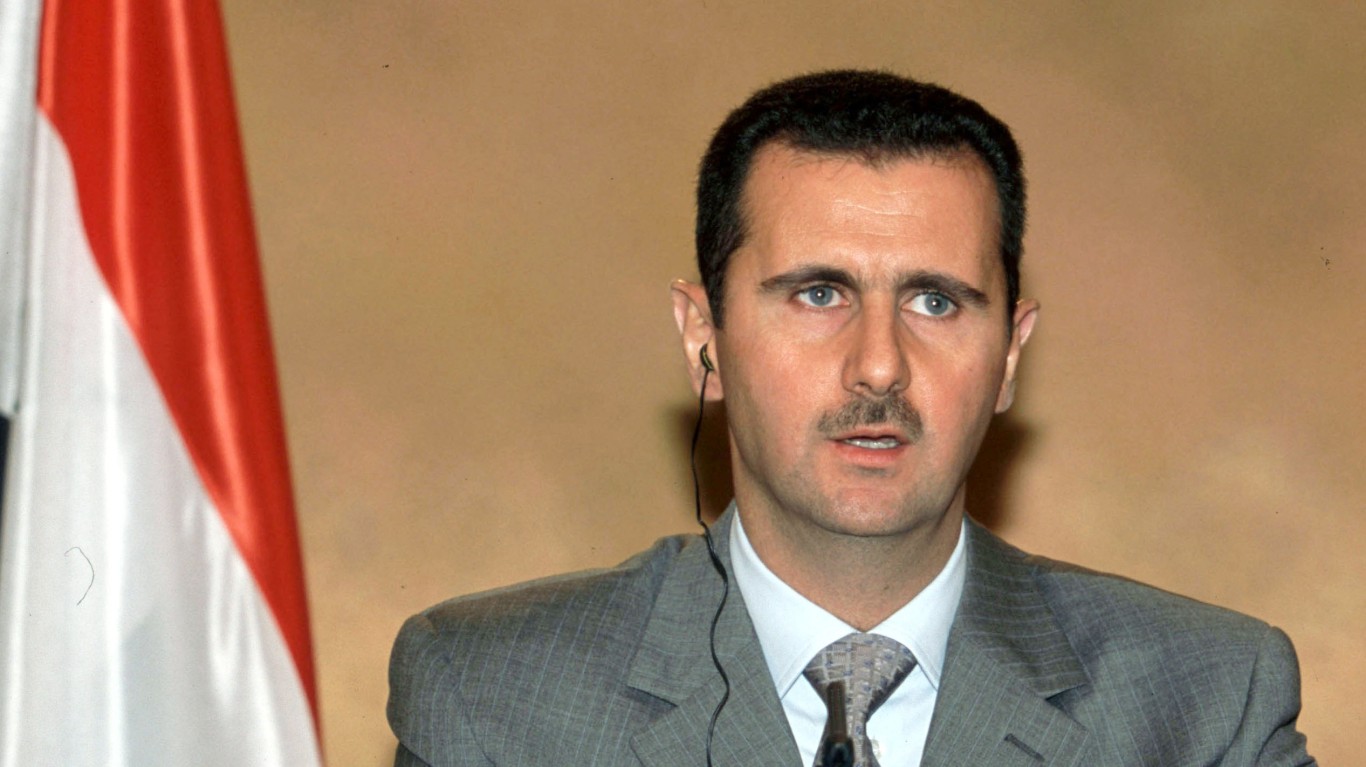
11. Syria
> Ongoing since: 2011
> Targeted group: Noncombatant civilians suspected of opposing the government of Syria
> Perpetrator: State security forces
Syria is one of three countries on this list where civilian noncombatants are routinely targeted by both government forces and armed Islamist militants. It began when Syria responded in force to protesters opposing President Bashar al-Assad in 2011, launching a civil war in which government security forces backed by Russia have systematically attacked civilians. According to the Early Warning Project, over the course of Syria’s 12-year-old civil war, over 500,000 have been killed.
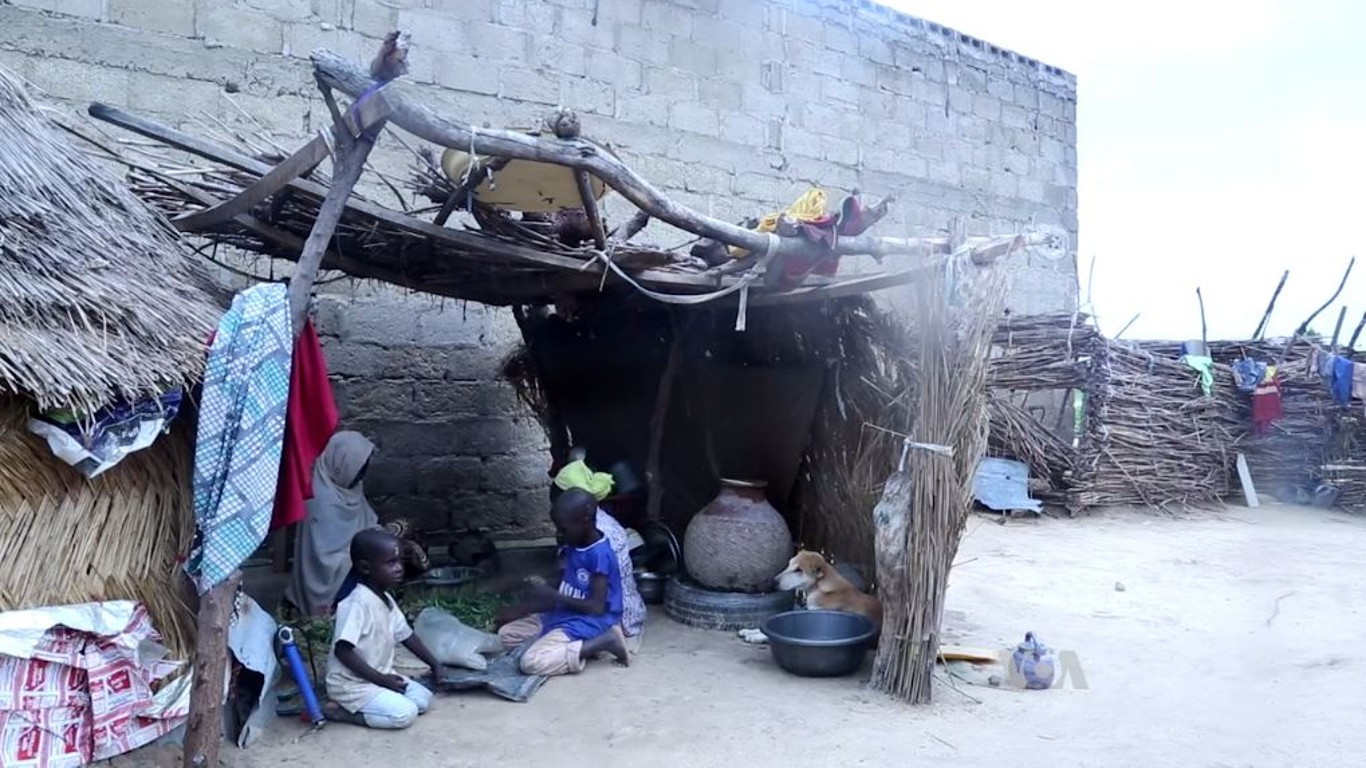
10. Nigeria
> Ongoing since: 2010
> Targeted group: Noncombatant civilians perceived to support the government of Nigeria
> Perpetrator: Boko Haram
Nigerian civilian noncombatants are often caught between the rock of government oppression and the hard place of Boko Haram violence. The Islamist militant organization routinely targets anyone perceived to support the government efforts to assert authority in areas where the group operates in the country’s northern region. Boko Haram’s campaign of violence escalated in 2010, killing thousands and displacing more than 100,000. Since then, the group has routinely attacked villages and murdered civilians opposed to its goal of asserting strict Islamic law in areas it controls.
[in-text-ad]
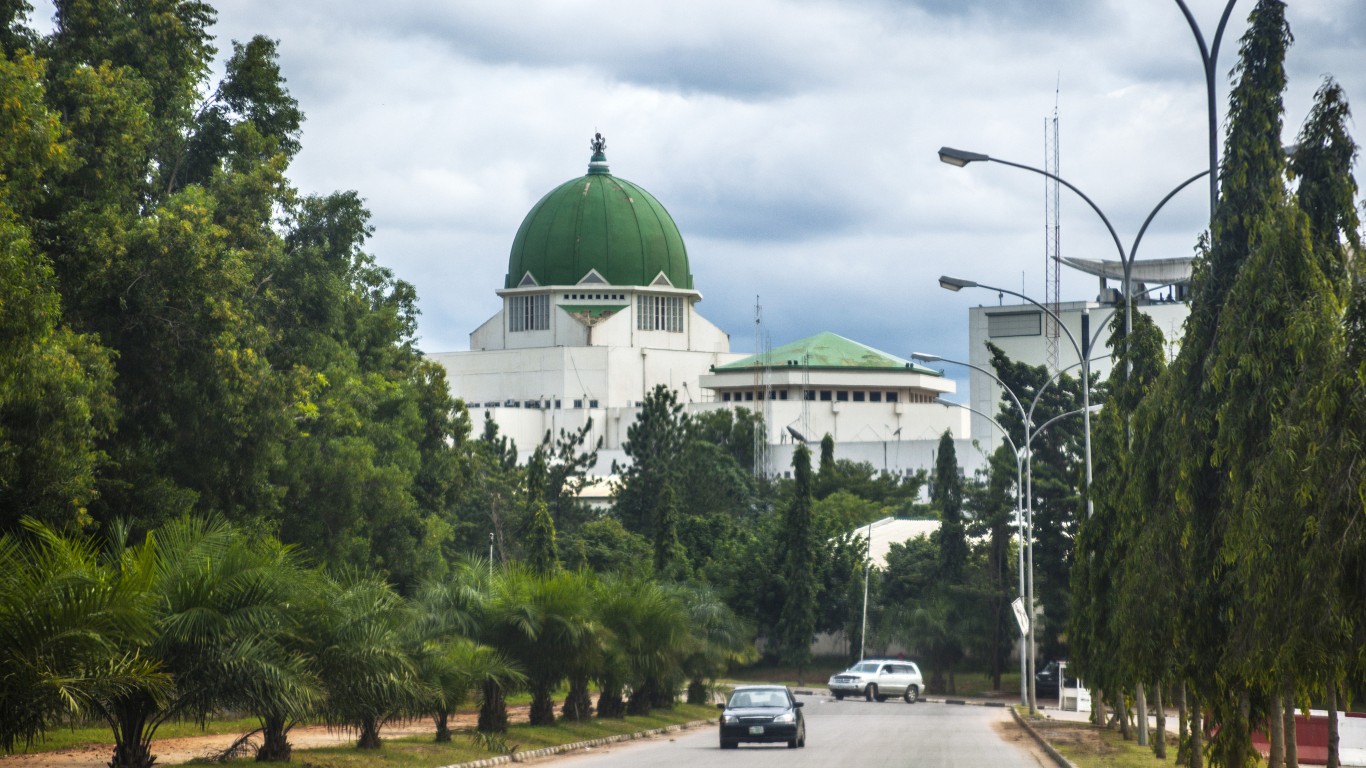
9. Nigeria
> Ongoing since: 2009
> Targeted group: Noncombatant civilians suspected of supporting Boko Haram
> Perpetrator: State security forces
Since the Nigerian government escalated its campaign against Boko Haram, it has increasingly targeted civilians perceived to be aiding and abetting the violent Islamist militant group seeking to impose strict Islamic law in areas it controls. These tensions are exacerbated by inter-communal violence that has simmered for decades in central and northern parts of the country. Boko Haram responded to this crackdown by escalating its own killing campaigns against civilians it perceives to be supportive of the state security apparatus.

8. Somalia
> Ongoing since: 2007
> Targeted group: Noncombatant civilians perceived to oppose Al Shabaab
> Perpetrator: Al Shabaab and associated militias
Ever since the United States’ global War on Terror arrived in Somalia in 2007, then same year Ethiopian troops expelled the Islamic Courts Union political organization from Mogadishu, militants have been waging an insurgency against the Somali government, which is currently presided by Hassan Sheikh Mohamud, a moderate from the Union for Peace and Development Party. The primary insurgent group is al-Shabaab (“the Youth” in Arabic), which seeks to implement strict Islamic law and targets anyone its leaders consider pro-government or apostates.

7. India
> Ongoing since: 2004
> Targeted group: Noncombatant civilians accused of collaborating with the government of India
> Perpetrator: Naxalite-Maoist rebels
Following the creation of the Communist Party of India-Maoist in 2004, India’s long-running Naxalite-Maoist insurgency operating in the western region of the country — notably in Chhattisgarh, Orissa, Bihar, and Jharkhand states — have escalated attacks against civilians believed to be collaborating with the government. People accused of being police informers have been kidnapped, tortured, and murdered by different groups harboring communist ideologies.
[in-text-ad-2]
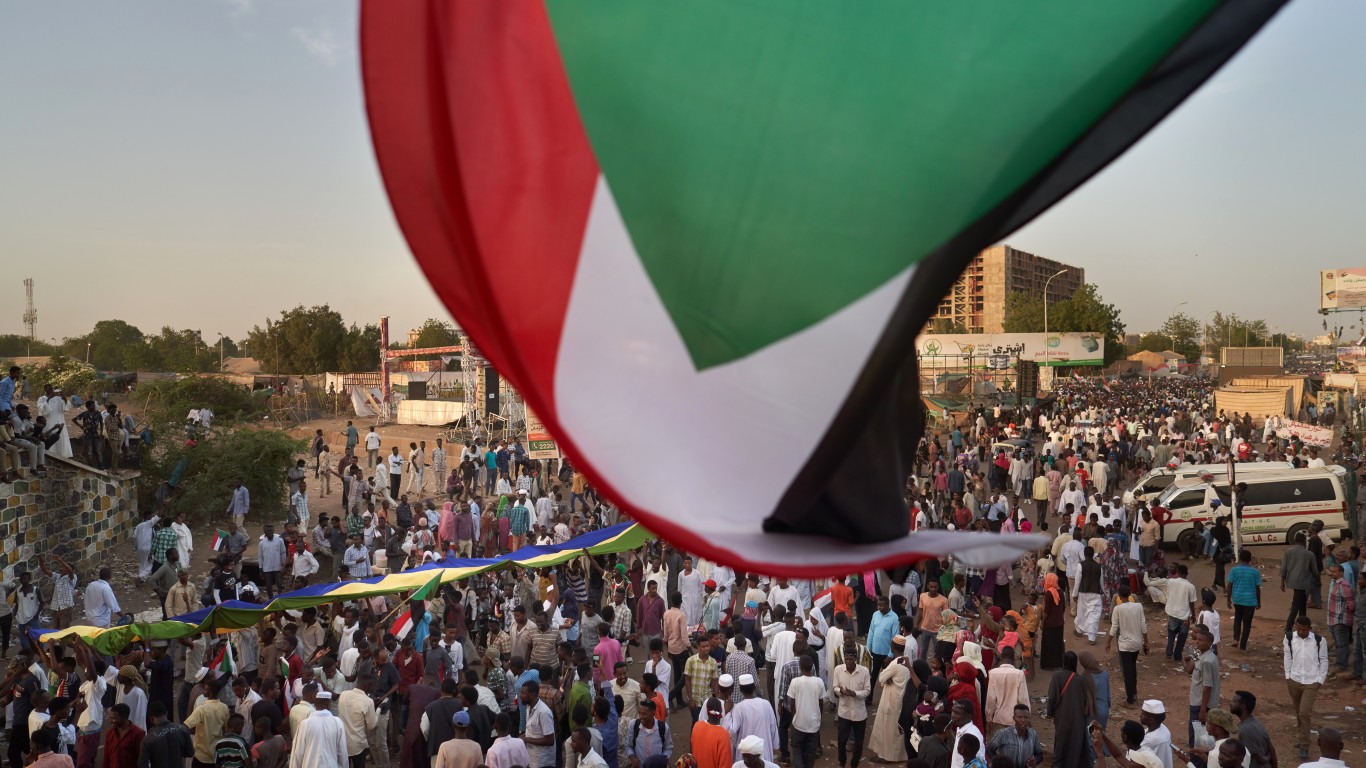
6. Sudan
> Ongoing since: 2003
> Targeted group: Noncombatant civilians of non-Arab ethnic groups in Darfur
> Perpetrator: State security forces and associated militias
Sudan is one of four African countries on this list in which state security forces are perpetrators of violence against civilian noncombatants; the other three are Nigeria, Ethiopia, and South Sudan. Though the War in Darfur that began in 2003 ended in a peace agreement between Sudanese authorities and various rebel factions in 2020, violence targeting civilians believed to support anti-government rebels continues. The target groups are mainly non-Arab ethnic groups. The belligerents include Arab Janjaweed militias.

5. Iraq
> Ongoing since: 2003
> Targeted group: Noncombatant civilians perceived to oppose ISIS
> Perpetrator: ISIS and associated militias
As in neighboring Syria, armed insurgents aligned with al-Qaeda and local Islamist militias have been targeting noncombatants. These insurgents took advantage of the 2003 U.S. invasion of Iraq and the ouster of Saddam Hussein to run rampant and attempt to drum up anti-Western support from locals, targeting anyone perceived to oppose their effort to install strict Islamic law in the country. An escalation of the conflict between these groups and the Iraqi government in 2014 has increased the bloodshed in areas controlled by the insurgents.
[in-text-ad]
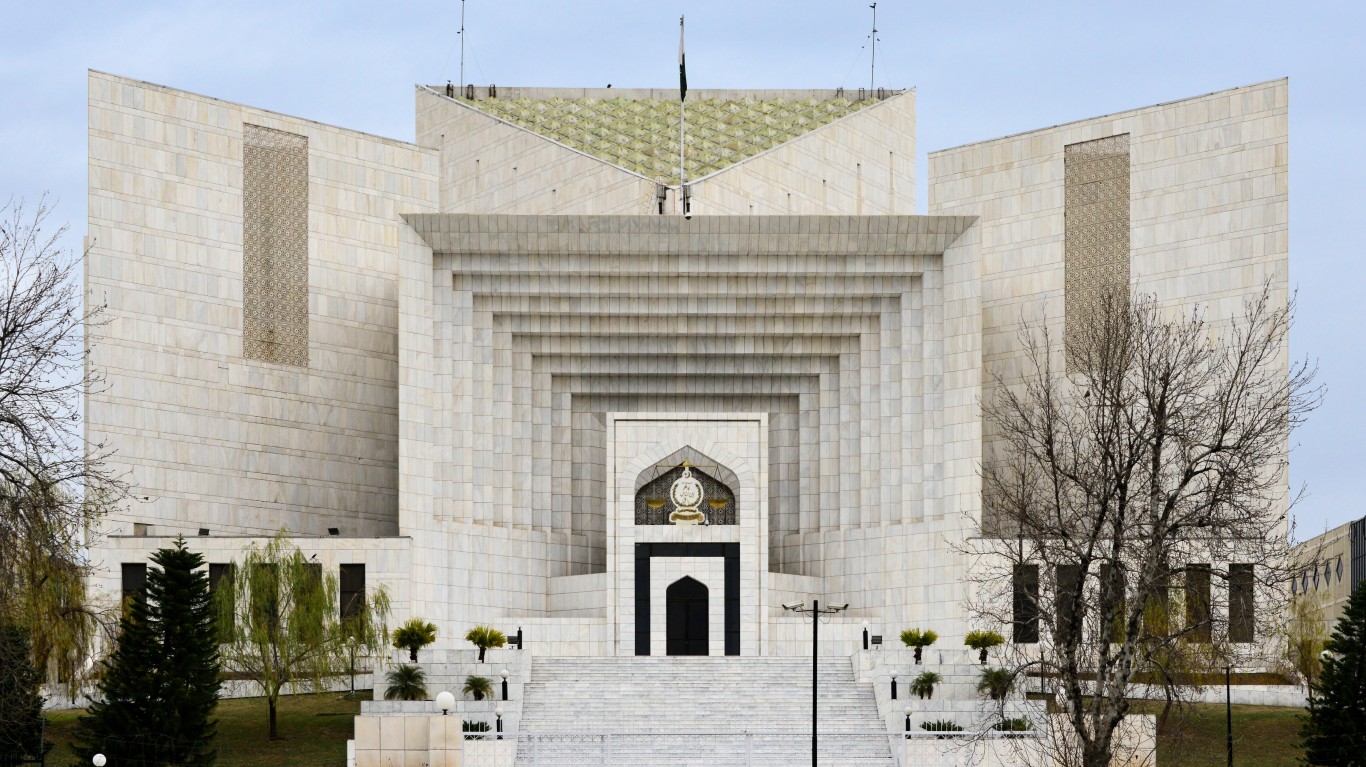
4. Pakistan
> Ongoing since: 2001
> Targeted group: Noncombatant civilians perceived to support the government of Pakistan
> Perpetrator: Taliban Movement of Pakistan and associated militias
The United States made Afghanistan and Pakistan a central focus of its war on terror almost immediately after the Sept. 11, 2001, terrorist attacks. As in Syria, Iraq, Somalia, and Nigeria, much of the violence originates from armed Islamist groups seeking to overthrow the government and violently instill their interpretations of strict Islamic law. The Taliban Movement of Pakistan and other ideologically aligned extremists are battling the Pakistan Army and deliberately target civilians believed to support the government, non-Muslims, or Muslims perceived to be apostates.
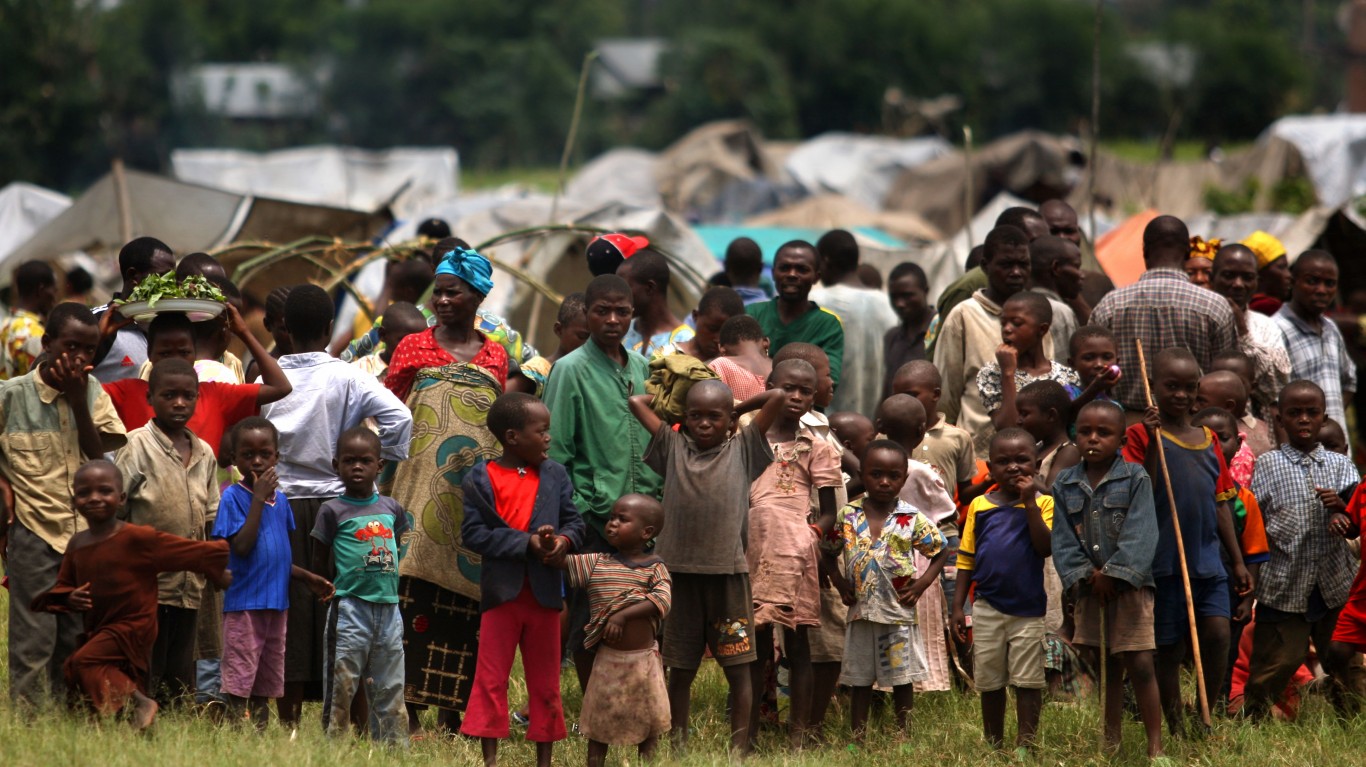
3. Democratic Republic of Congo
> Ongoing since: 1998
> Targeted group: Noncombatant civilians in the northeast
> Perpetrator: Various militias in the northeast
Violence escalated in Africa’s fourth-largest country by population during and after the Second Congo War of 1998-99. As with other countries in this vast region of Africa, ethnic and religious rivalries underpin much of the violence perpetuated against civilian noncombatants, especially in the eastern region of the country that borders Rwanda, where ethnic-based genocide led to the First Congo War in 1996-97 that caused a flood of refugees into DRC. Atrocities against civilians are committed by various non-state armed groups operating in the country.
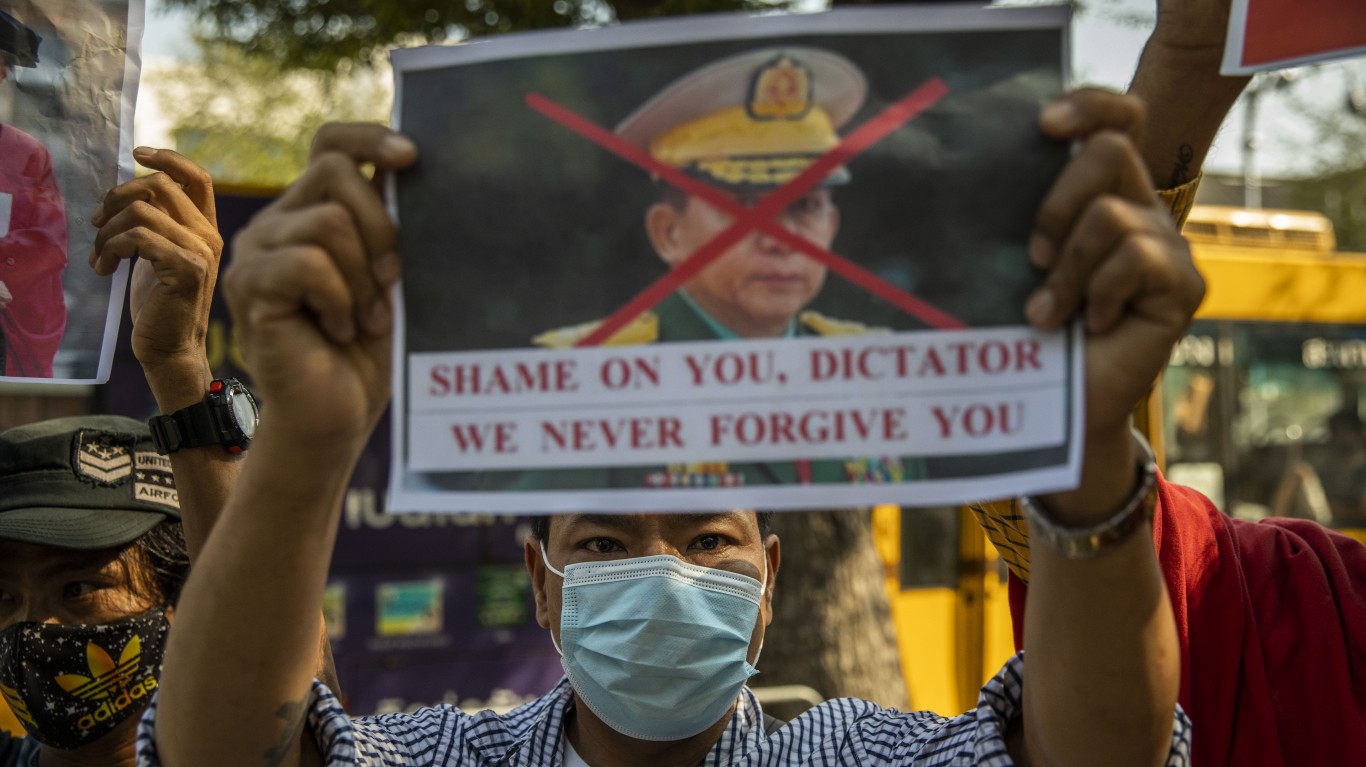
2. Myanmar (Burma)
> Ongoing since: 1948
> Targeted group: Noncombatant civilians from ethnic minority groups
> Perpetrator: State security forces
One of the oldest ongoing campaigns of violence against civilian noncombatants continues to take place in Myanmar, which has been ruled mostly by the military, known as the Tatmadaw, since a coup in 1962. Still, since the country’s independence from Britain 75 years ago, ethnic minorities have been targeted, including the Karen, Kachin, Ta’ang, Mon, Lisu, and Shan, according to the Early Warning Project. And once the military junta asserted its rule, it further targeted ethnic minorities perceived to oppose its absolute authority.
[in-text-ad-2]
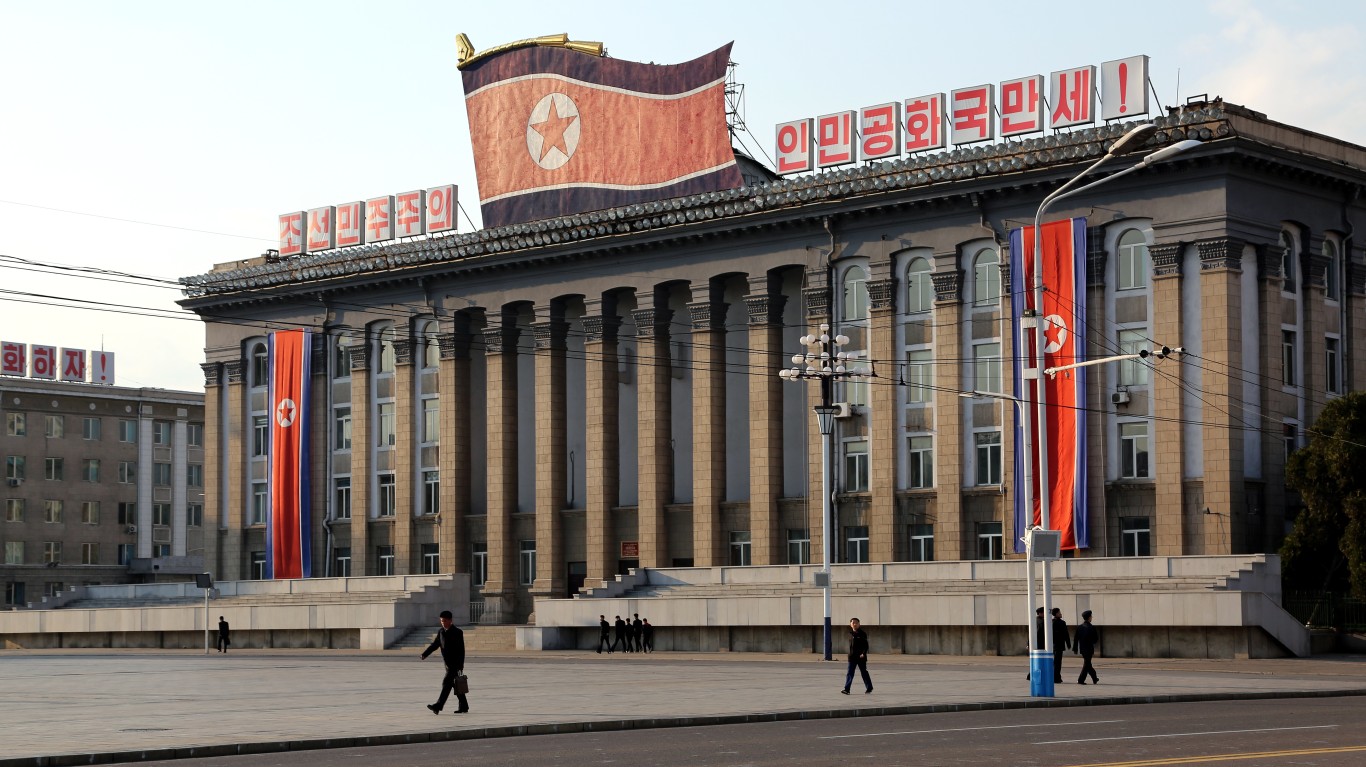
1. North Korea
> Ongoing since: 1948
> Targeted group: Noncombatant civilians suspected of opposing the government of North Korea
> Perpetrator: State security forces
Myanmar and North Korea have the distinction of operating the longest-running, ongoing state-sponsored campaign of violence against civilians perceived to be challenging their absolute militarized authority. North Korea has been run by a three-generation family dynasty since the partition of the Korean Peninsula in 1948. North Korea’s security forces brutally suppress any dissent from its people with strategies that include induced famines and prison camps into which an unknown number of civilians disappear.
Thank you for reading! Have some feedback for us?
Contact the 24/7 Wall St. editorial team.

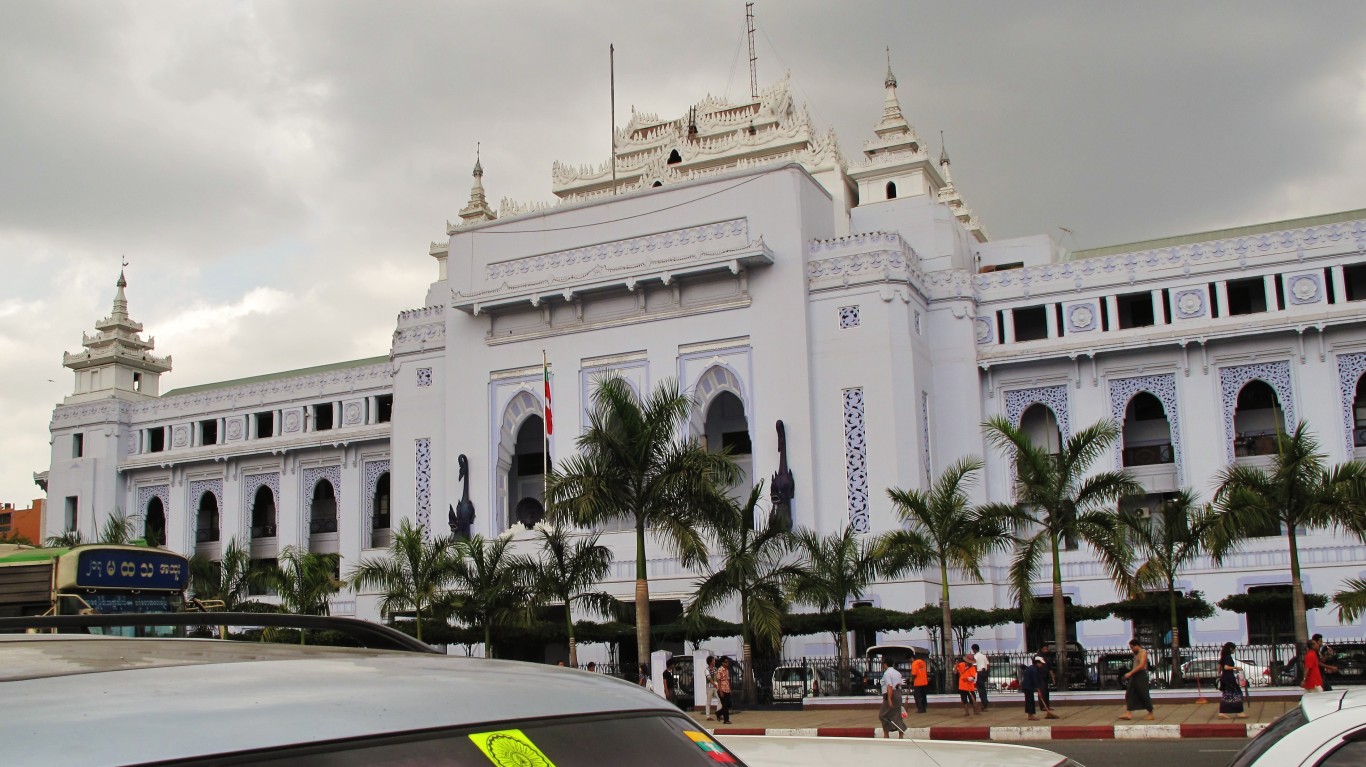
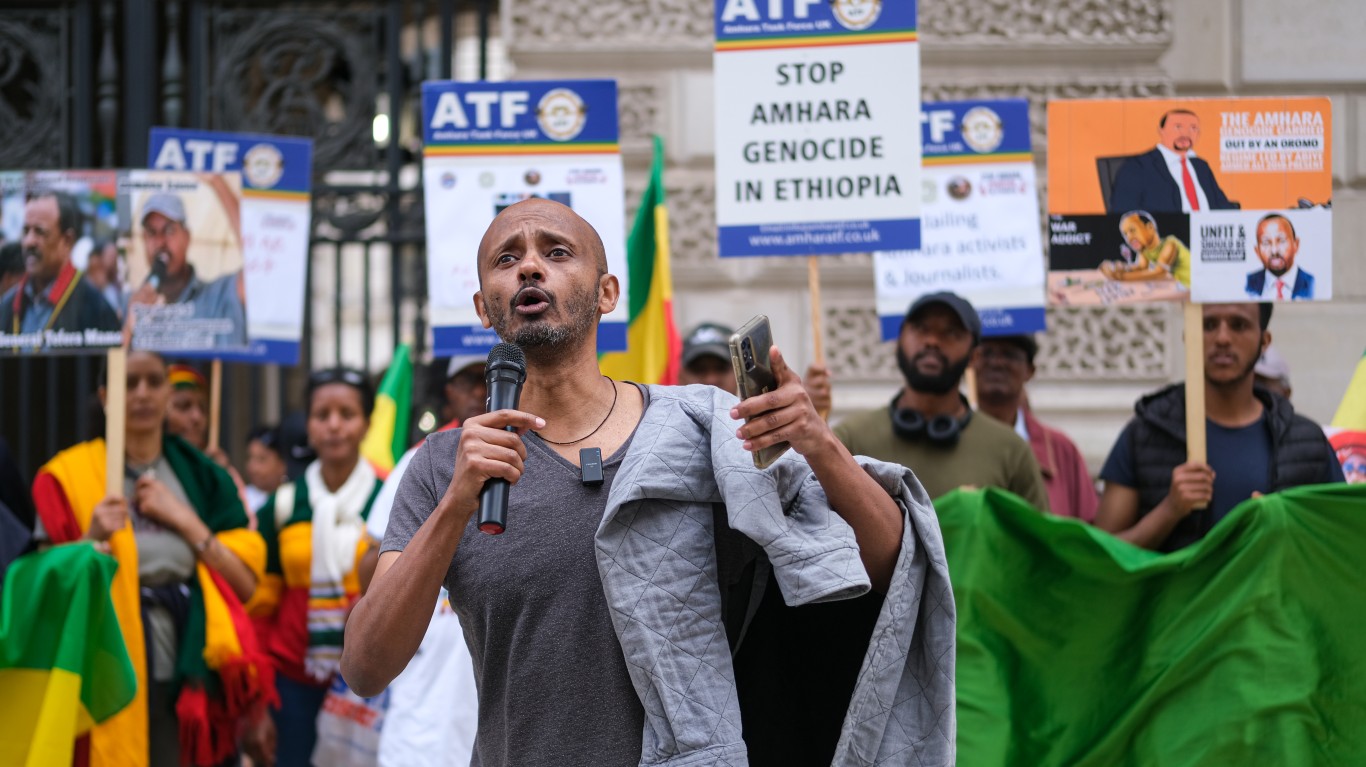
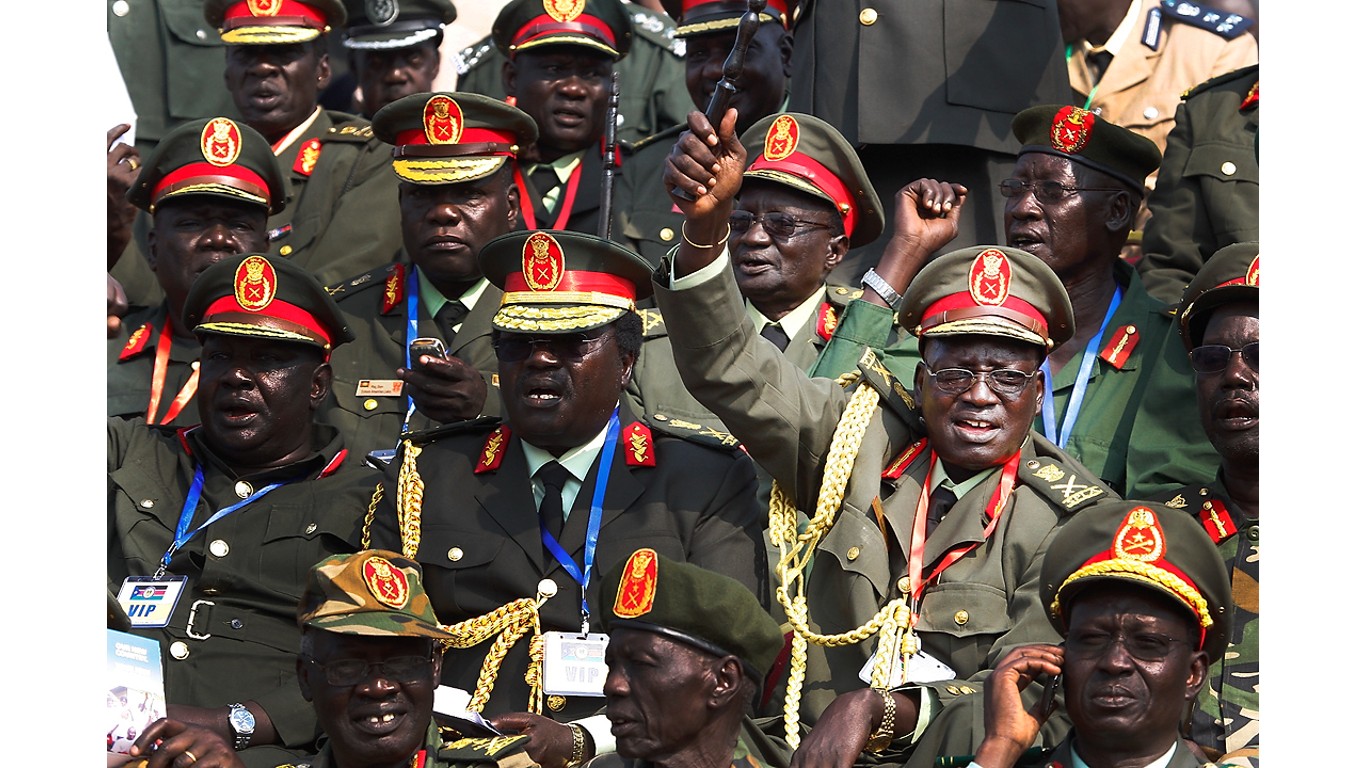
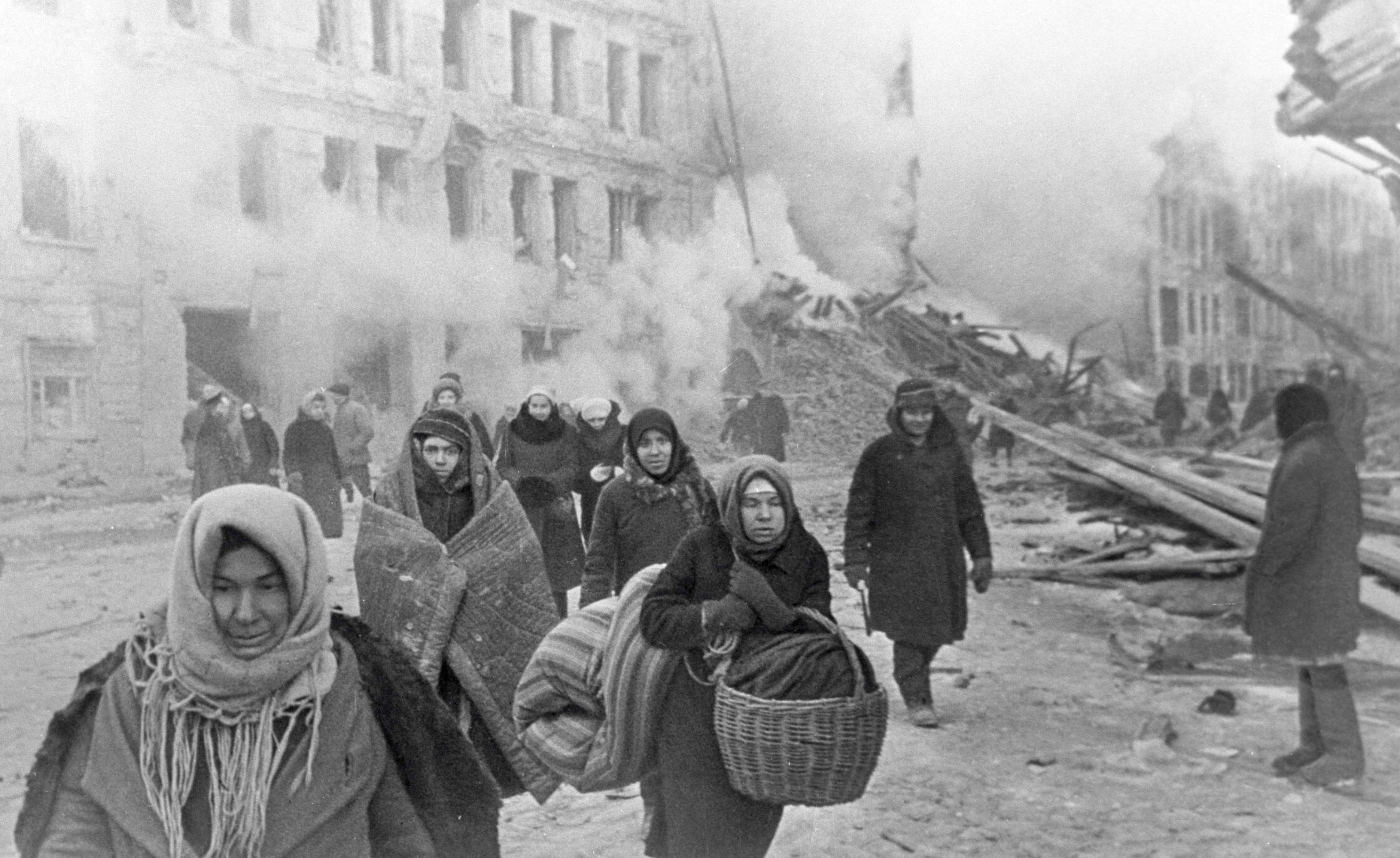 24/7 Wall St.
24/7 Wall St.